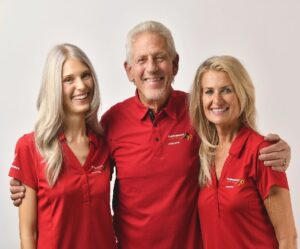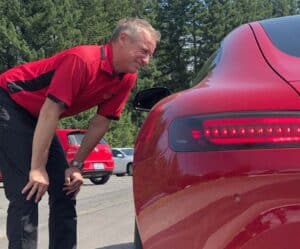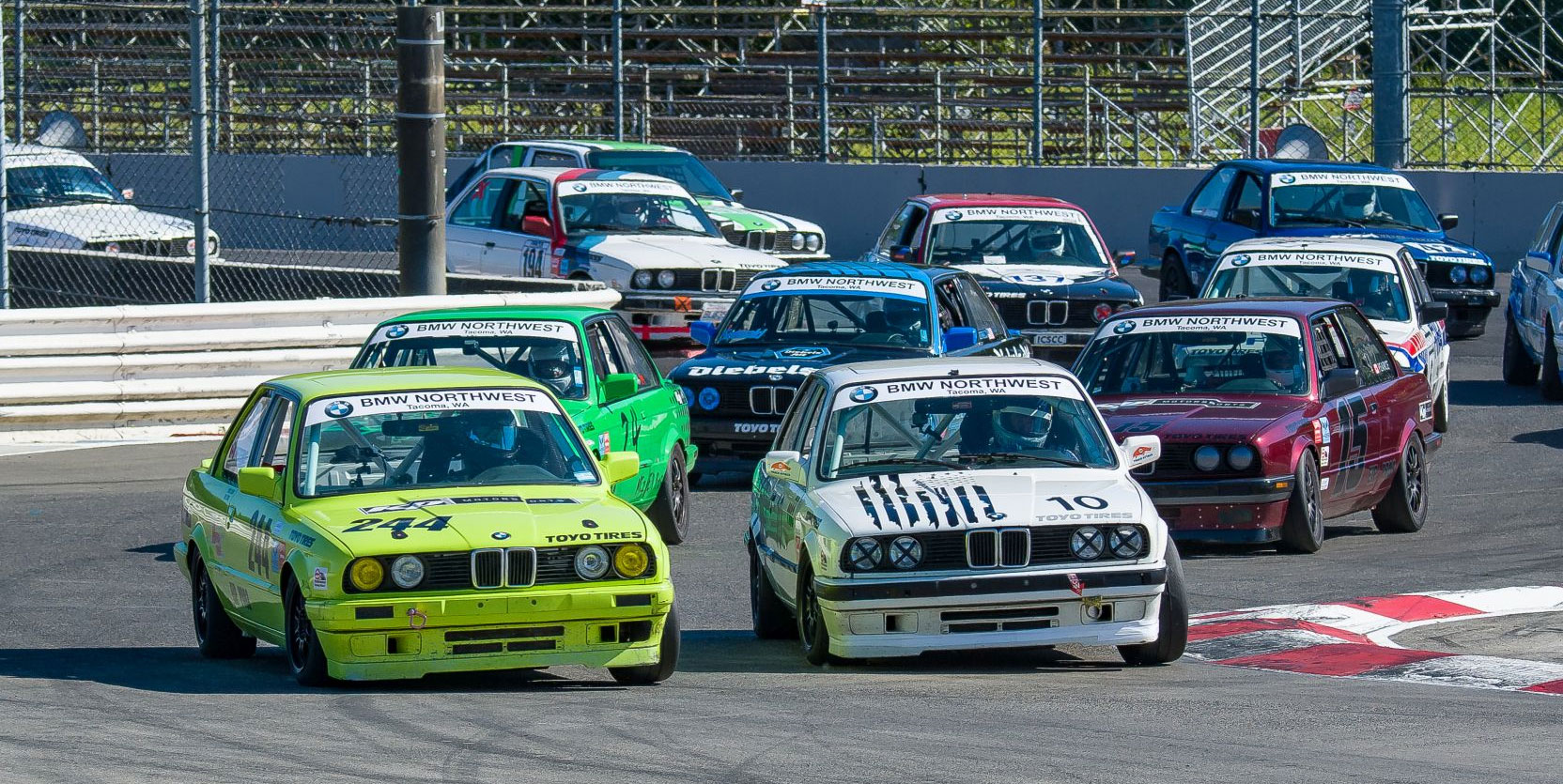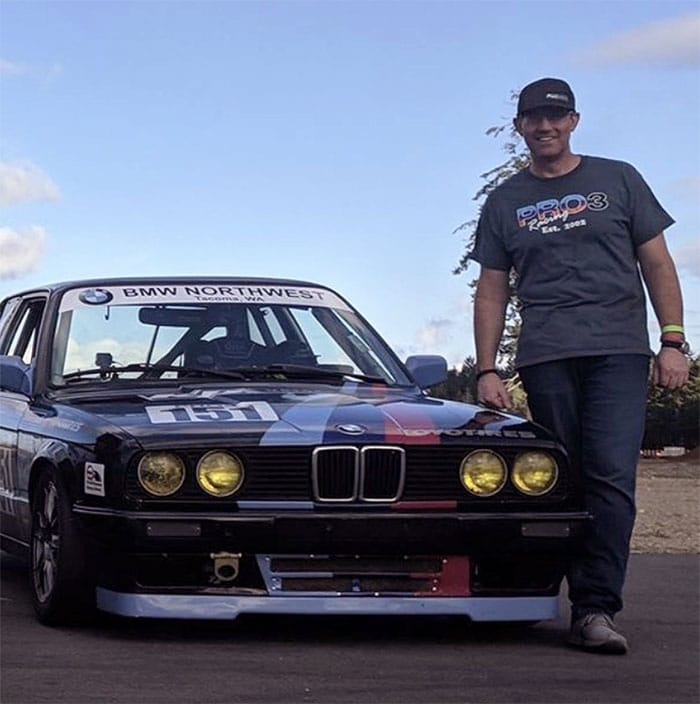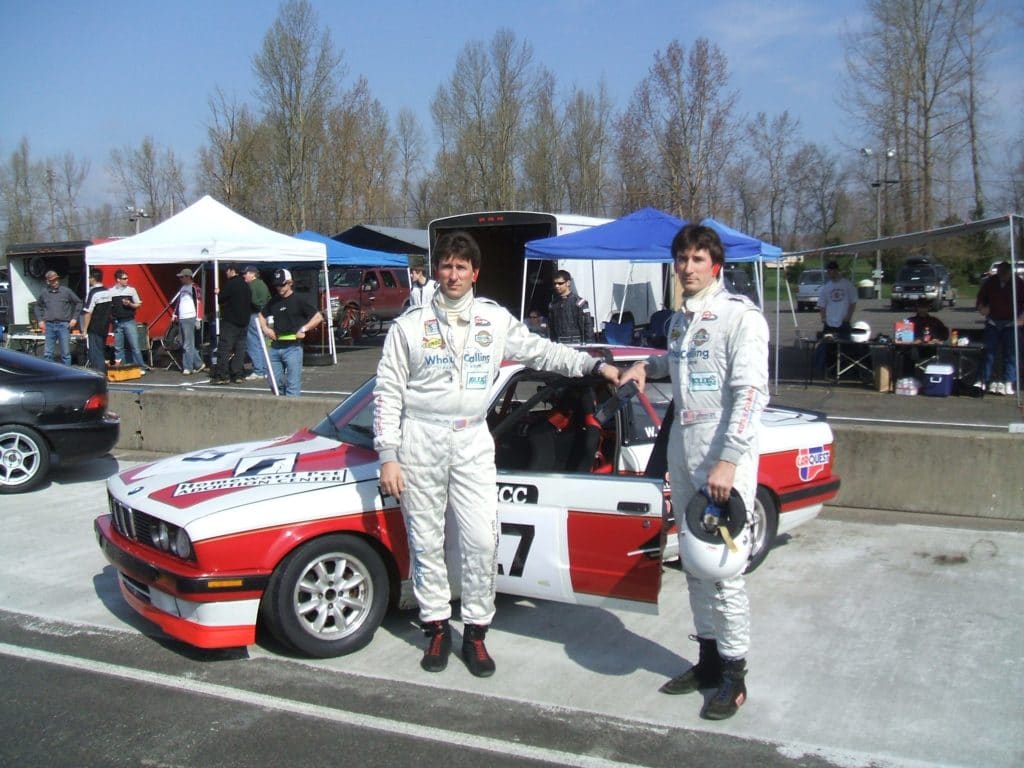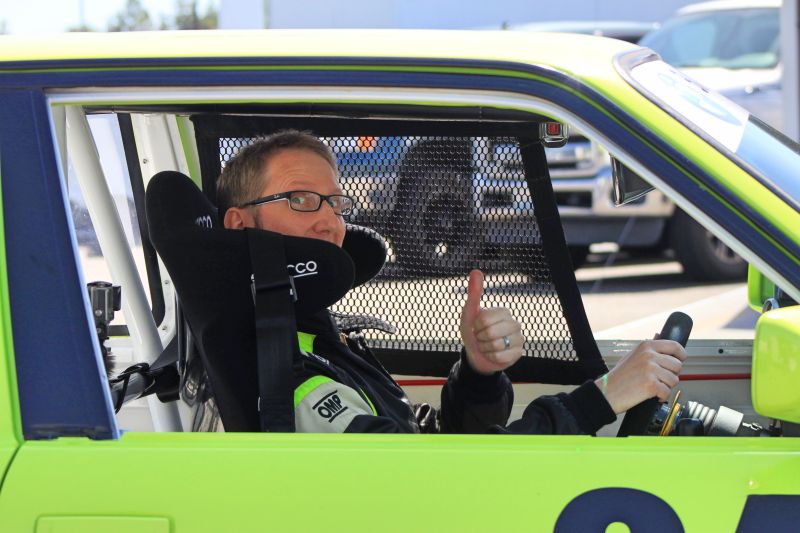A unique class of amateur racing in the Pacific Northwest is geared to drivers whose love of motorsport exceeds their bank account.
Of the many types of motor competition in the Pacific Northwest, one class stands out despite a lack of breathtaking speed, spectacular racing technology, or grueling endurance events. PRO3 racing thrives thanks to a different set of advantages: it’s affordable; it gives sport driving enthusiasts a direct path into amateur racing; and it favors skill over horsepower. Just as important, it welcomes new drivers with the friendliest atmosphere you’ll find anywhere in the sport. The formula is a winner: PRO3 is the largest amateur racing class in the International Conference of Sports Car Clubs (ICSCC).
One Car to Rule them All
The venerable BMW E30 is the only car on the PRO3 grid. Rules require a 2- or 4-door E30 325i with stock engine and no ABS. While not the most sophisticated machine on the road these days, the car is beautifully balanced and fun to drive. “They’re great,” says Matt Lowell, who has six years of PRO3 racing behind him. “Not a ton of power. They’re basically a brick going down the straightaway – no aerodynamics whatsoever – but when it comes to cornering they’re perfectly balanced. It’s amazing what they’ll do. I’m giddy ever time I get in the car.”
The hands-off rules on modifications help bring in drivers without Formula 1 budgets. “You’re not racing someone else’s wallet,” says Jeff McAffer, front running competitor in the PRO 3 series. “There are only a couple of engine builders, a couple of choices for suspension. You’re not trying to get the latest titanium part, or get a little more boost to beat out a car that’s completely different from yours.”
“They’re a driver’s car,” adds Corey Peters, another PRO3 driver-enthusiast. “With no ABS or power steering it’s really up to the driver. You and the road, that’s it. You have to get comfortable with just hauling that car around the track at the limit.”
The Birth of an Obsession
PRO3 is the brainchild of Ken and Wes Hill, two brothers with decades of experience in the racing and automotive world, including more than 20 years as ProFormance Racing School instructors. In the 1990s they built some BMW E30s to race in the SCCA Improved Touring (IT) class. As luck would have it, the newer E36’s were admitted shortly afterwards, rendering their cars outdated overnight.
With perfectly good machines created for a class they’re no longer competitive in, Wes and Ken turned to Conference (ICSCC), which permits drivers to write their own rules. PRO3 was born.
Within a few years, PRO3 became the natural missing link between novice high performance driving courses and amateur racing. “ProFormance introduces people to sport driving, says Wes. “As drivers improve, they eventually reach a plateau – you can only go so fast in a street car. When they start looking for another level of challenge, we’re there.”
Try Before You Buy
Many enthusiasts are eager to try racing but don’t want to commit to the cost before they know it’s right for them. To get people started, some PRO3 regulars offer cars for rent. Drivers who have attained their competition license can sample the racing experience without putting out a lot of cash up front. This approach, unique to PRO3, helps to build the ranks. Jeff McAffer started out by renting an E30 from Wes and Ken. By the time he got around turn three he said, “I have to buy one of these.”
“At the time I thought you needed a million dollars to go racing,” says Corey Peters. “Even entry-level sports car racing is ridiculously expensive.” Peters went the rental route and got hooked. He notes, though, that there are PRO3 racers who could afford to race McLarens but prefer the quality and intensity of PRO3. “When everyone is spread out, you’re just driving around very quickly in a really expensive car. Costs go up and the quality of racing goes down.” Having a full grid means everyone is racing wheel-to-wheel with someone else.
A Community That Cares
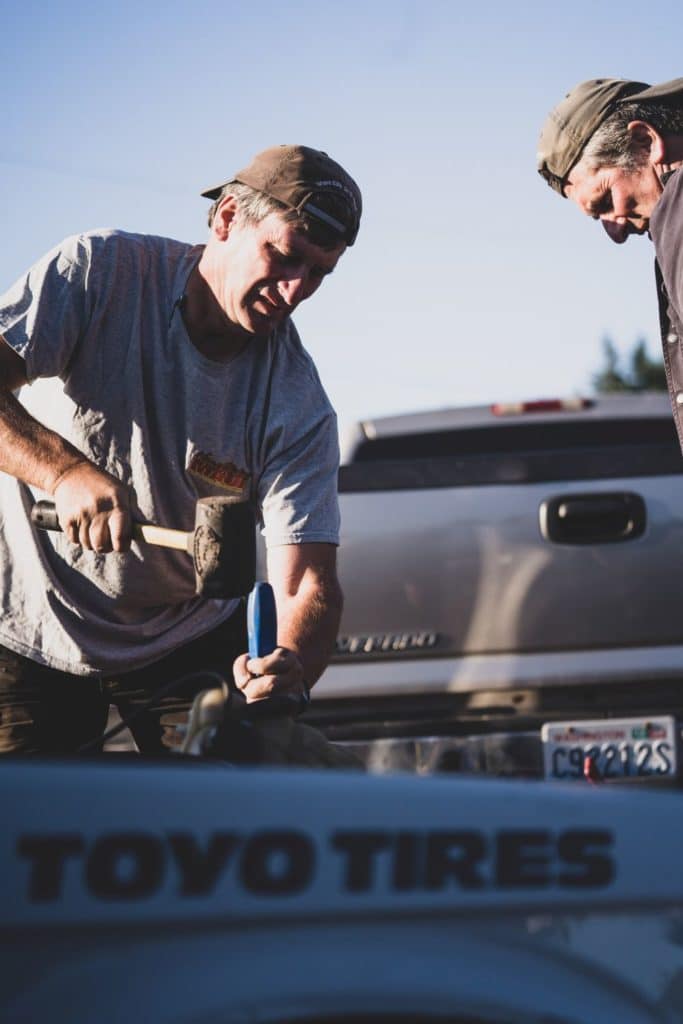
PRO3 is famous for its remarkably supportive community. “The culture of PRO3 is different,” says McAffer. “If your car is broken, people swarm around to help. They’ll say, ‘I’ve got this part, I’ve got this tool.’ They’ll ask how they can help get you back on the track.”
“One of the things that keeps a bunch of us in PRO3 is the camaraderie in the paddock,” says Matt Lowell. “Sometimes it feels like an excuse to hang out with your friends on the weekend, with some racing added. Everybody chips in where they can.”
That spirit of cooperation extends to a wealth of information sharing designed to help all the drivers improve on the rack. “We had a guy last weekend who raced in another class,” notes Wes. “He was completely baffled when I told them that PRO3 people post on a website not just their lap times but also the data to show how they achieved those times. He said, ‘why would they do that? You’re going to make everyone else faster!’” That, of course, is the point.
Drivers In other racing classes are known for keeping their hoods down and cars covered so no one can steal their secret sauce. “But if everyone gets faster,” says Wes, “if you have 10 cars at the front running all within a fraction of each other, the racing is better. That’s why people stick around.”
Drivers Matter
With cars so well-matched, drivers make the difference in PRO3. Wes again: “You’ll see a little bit of separation if someone has a brand-new motor and someone else has one that’s five years old, but not a lot. If the driver in front makes just one mistake, the other one can take advantage of it. Last weekend we had eight cars at the front, nine in the middle, and five or six in the back, and those cars battled from beginning to end.” Matt agrees: “Competition is intense. There are so many good drivers, even the people at the back of the pack are amazing.”
Good drivers and matched cars equals drama. This year’s championship was decided in the final laps of a single race.
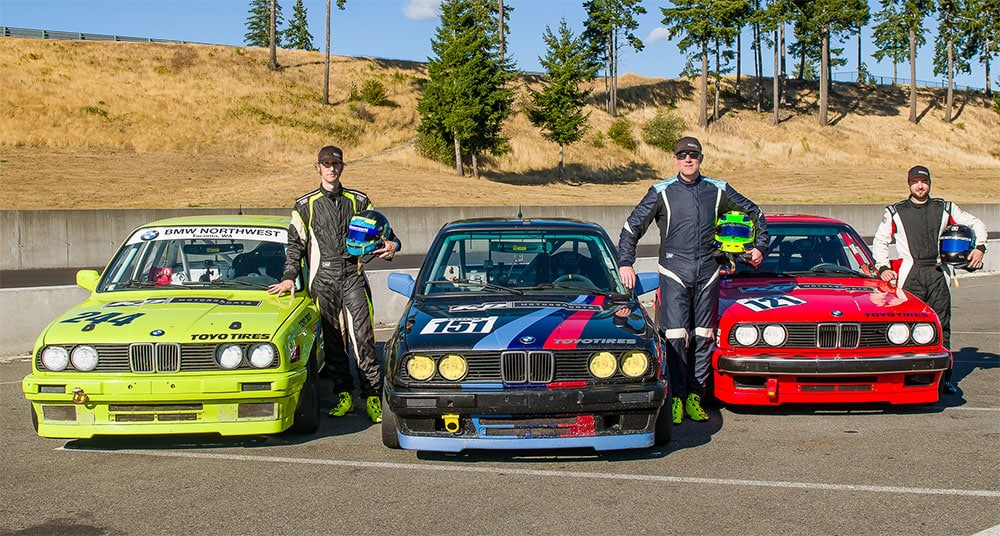
PRO3 Racing: The Next Generation
Ken and Wes spend a lot of time bringing new drivers into the fold. Recently they bought three E30s to rent out to novices. “We had maybe 12 new faces try them out this summer. Of those, nine or ten are committed to coming next year, and three are building their own cars.” The PRO3 formula – lively, affordable, low-maintenance cars, readily available coaching and car rentals, the largest grid in conference racing, and a community of helpful, generous drivers – is very tempting for a driver who has been bitten by the bug, but who wants to go step-by-step.
The world has taken note of the success of PRO3. Nationally the US has Spec E30. The UK has a huge E30 racing scene, and Australia has a huge E30 class similar to PRO3 that is very popular. “All those classes took off after seeing how successful PRO3 was,” says Wes.
It Comes Down to Fun
Wes Hill sums up the appeal of PRO3. “Because we’ve raced on all levels, including the 24 Hours of Daytona with Don (Chief Instructor Don Kitch, Jr.), we’re pretty familiar with the price breakdown in different classes, and how much fun you’re having per dollar spent. So when we say it’s really affordable, we can back that up with experience. PRO3 gives you way more bang for the buck.”
